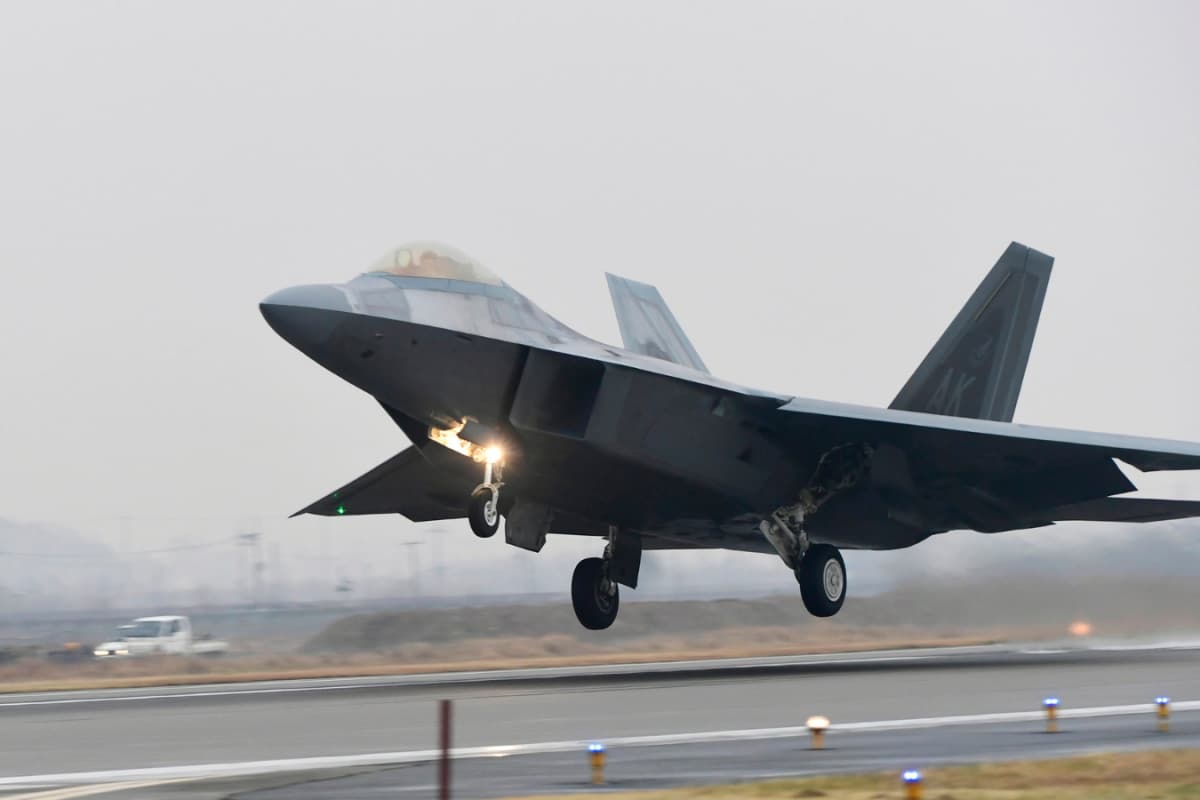

The evolution of fighter jets has been a relentless pursuit of increased speed, maneuverability, and lethality. Each new generation has brought significant advancements in technology, making these aircraft smarter and deadlier than their predecessors. From the early jets of the mid-20th century to the cutting-edge fighters of today, the progress has been remarkable.
The first generation of fighter jets emerged during and shortly after World War II. These aircraft, like the Messerschmitt Me 262 and Gloster Meteor, were a significant step up from propeller-driven planes, offering superior speed. However, they were still relatively basic, with straight wings, manual controls and limited avionics. Their primary weapons were machine guns and cannons, and combat was largely within visual range.
The second generation, appearing in the 1950s and early 1960s, saw the introduction of key technologies like air-to-air radar, infrared missiles, and radar warning receivers. Aircraft such as the F-104 Starfighter and MiG-21 could now engage targets beyond visual range, and engine afterburners allowed them to break the sound barrier in level flight. These advancements dramatically increased their combat effectiveness.
Third-generation fighter jets, developed in the 1960s and 1970s, were characterized by their multi-role capabilities. Besides air-to-air combat, they could also perform ground attack missions, carrying a variety of guided missiles and bombs. New technologies like pulse-Doppler radar and off-site targeting avionics further enhanced their capabilities. The F-4 Phantom II and MiG-23 were iconic examples of this generation.
The fourth generation brought a massive leap in technology and avionics. These fighters, such as the F-16 Fighting Falcon and F-15 Eagle, were designed for exceptional maneuverability, incorporating fly-by-wire control systems and lightweight composite materials. They featured advanced radar systems, infrared capabilities, and improved aerodynamics, making them far more agile and stealthy. Later fourth-generation aircraft, sometimes referred to as "generation 4.5," incorporated early digital communication capabilities and stealth technologies.
Fifth-generation fighter jets, like the F-22 Raptor and F-35 Lightning II, represent the pinnacle of current fighter technology. These aircraft are defined by their stealth capabilities, advanced sensors, information fusion, and network connectivity. They can fly undetected in contested airspace, gather vast amounts of data, and share it seamlessly with other assets on the battlefield. Their sophisticated avionics provide pilots with a 360-degree view of the battlespace, enhancing situational awareness and survivability.
A key feature of fifth-generation fighters is sensor fusion, which combines data from various sensors into a single, easy-to-interpret display for the pilot. For example, the F-35's Distributed Aperture System (DAS) uses six infrared cameras to provide a 360-degree view, while its Electro-Optical Targeting System (EOTS) offers precision targeting against ground and air threats. This allows pilots to make faster, more informed decisions in complex combat scenarios.
Looking ahead, the sixth generation of fighter jets promises even more radical advancements. These aircraft are expected to incorporate technologies like hypersonic flight, advanced stealth, artificial intelligence (AI), and the ability to operate in space. AI will play a crucial role in managing sensor data, identifying threats, and even controlling unmanned aerial vehicles (UAVs) that can act as "loyal wingmen."
AI is already being integrated into existing fighter jets, assisting pilots with tasks such as threat detection, target prioritization, and flight control. AI algorithms can analyze vast amounts of data from sensors, providing pilots with actionable insights faster than humanly possible. The U.S. Air Force, for example, is planning to field a fleet of more than 1,000 AI-enabled unmanned warplanes by 2028.
However, the integration of AI also raises ethical and practical concerns. Questions remain about the degree of autonomy that should be granted to AI systems in lethal actions, and the potential for errors or cyberattacks. Despite these challenges, the trend towards increasingly intelligent and autonomous fighter jets is clear.
Each new generation of fighter jets has built upon the innovations of the past, pushing the boundaries of what is possible in air combat. With advancements in stealth, sensors, networking, and artificial intelligence, these aircraft are becoming smarter, more lethal, and more integral to modern military strategy. As technology continues to evolve, the future of air warfare will undoubtedly be shaped by the next generation of fighter jets and the cutting-edge capabilities they bring.